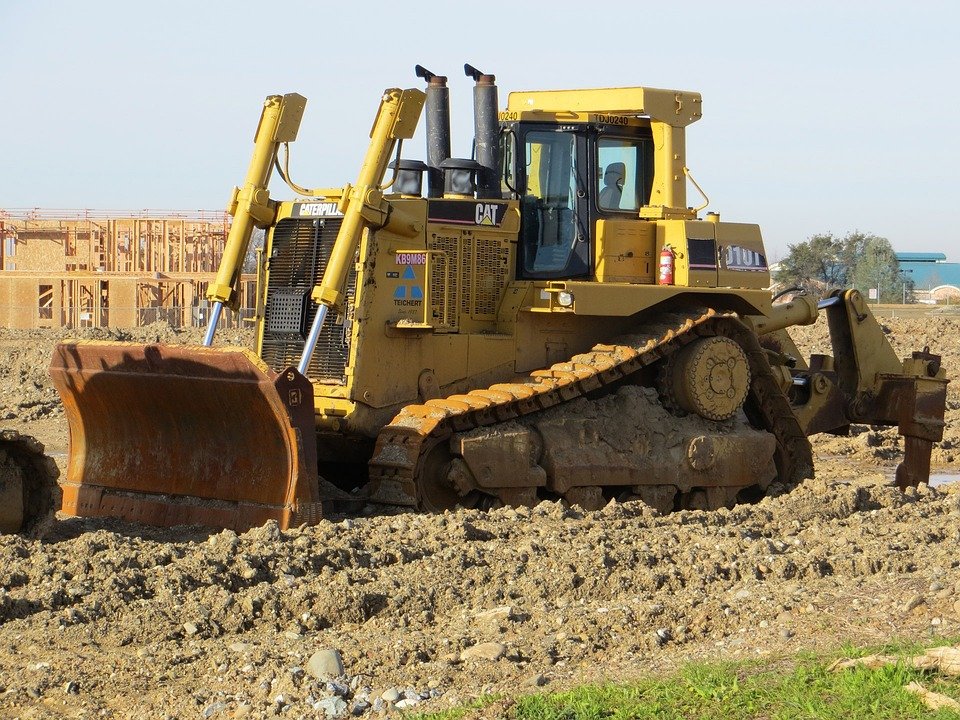[ad_1]
The Essential Steps of Site Preparation for Constructions
Construction sites require a significant amount of preparation before the actual building can begin. Site preparation is the process of creating a safe, level area for construction, and it is incredibly important for the overall success of the project. Without proper site preparation, the building process cannot begin.
Evaluating the Site
The first step in site preparation is to evaluate the site to determine what needs to be done. This includes examining the land for any potential hazards such as underground utilities, soil composition, and drainage issues. A survey should also be done to check for any environmental concerns that could affect the construction.
Clearing the Site
Once the site has been evaluated, it must then be cleared. This includes removing any trees, shrubs, rocks, or debris that may be in the way. This can be done manually or with the help of heavy machinery. All of the debris should be removed and disposed of in an appropriate manner.
Grading the Site
Once the site has been cleared, it must then be graded. Grading involves using heavy equipment to flatten the land and create a level area for construction. This helps to ensure that the foundation and other structures are built on a solid base.
Installing Utilities
The next step in site preparation is to install the necessary utilities. This can include electrical, plumbing, and sewer lines. All of these utilities must be installed before the construction can begin.
Prepping the Foundation
After all of the utilities are in place, the next step is to prepare the foundation. This involves excavating the soil and removing any rocks, roots, or other debris that could interfere with the foundation. The soil should then be compacted and leveled to ensure a solid foundation.
Final Steps
Once the foundation is prepared, the final steps of site preparation include laying down gravel or other materials to create a base for the construction. This can help to prevent water runoff and protect the foundation from shifting. Finally, the site should be inspected to ensure that all of the necessary steps have been taken and that the land is ready for construction.
Conclusion
Site preparation is an essential part of any construction project. Without proper site preparation, the building process cannot begin. The steps involved include evaluating the site, clearing the land, grading the land, installing utilities, prepping the foundation, and laying down a base. All of these steps must be completed before the construction can begin.
[ad_2]



